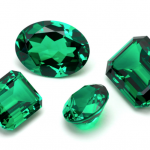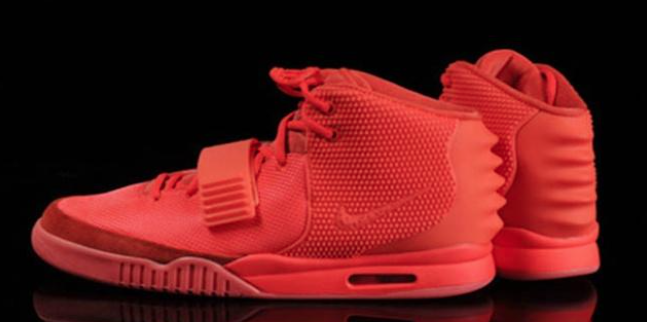Most expensive musical instrument
When it comes to expensive musical instruments, the first reaction of many students may be several world-renowned piano brands, such as Steinway, Bösendorf and Bechstein.
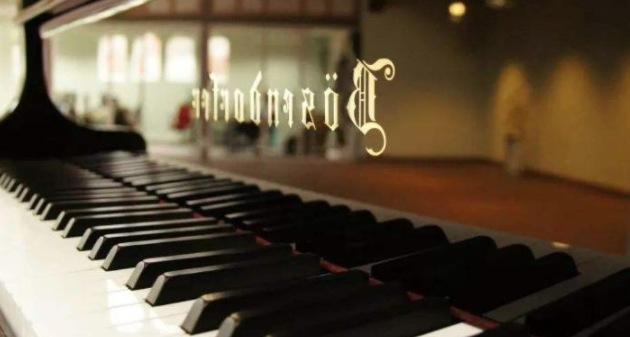
In addition, some students may also think of the violins made by the three Italian piano families Amati, Stradivari and Guarneri. most expensive violin in the world 2021
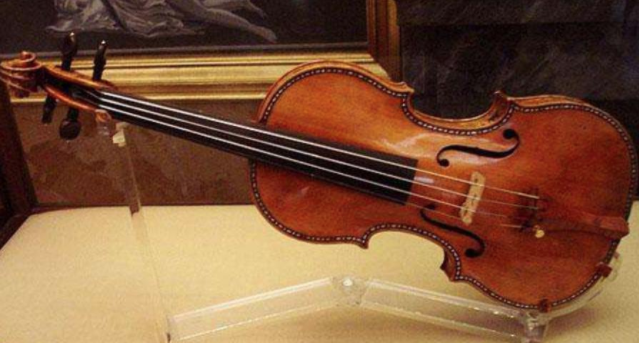
What is the rarest instrument in the world?
In fact, although there are many valuable collections of western musical instruments such as piano and violin, the most expensive musical instrument in the world is a Chinese musical instrument.
Most expensive Chinese musical instrument
Guqin “Nine Heavens Ring Wear”
中文:古琴“九霄环佩”
At present, the most expensive musical instrument in the world is the guqin “Jiuxiaohuanpei” of the Tang Dynasty in my country, and its price is about 400,000,000 (400 million) RMB. That’s right, there are 8 0s after the 4. There are four pieces of this priceless guqin now in existence. Except for one in the private collection of Mr. Why Zuoru, the other three are hidden in the Beijing Palace Museum, the Chinese History Museum and the Liaoning Provincial Museum. They are classified as cultural relics.
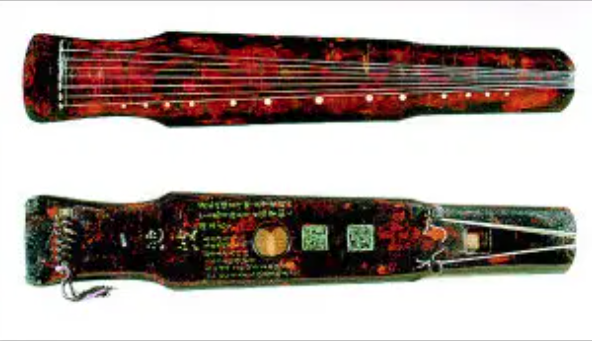
The guqin “Jiuxiaohuanpei” was born in the reign of Emperor Xuanzong of Tang Dynasty in my country, and was made by Lei Wei, a famous piano maker in Chengdu, Sichuan. According to legend, this piano was made for the third son of Tang Xuanzong, who was later Tang Suzong’s enthronement ceremony. “Jiuxiaohuanpei” violin uses sycamore as the surface and fir as the base. The whole body is painted with purple lacquer. most expensive violin in the world The body has a clear year and the level of craftsmanship is breathtaking. The name “Jiuxiaohuanpei” has the meaning of “Jiuxiaohuanpei”, which sounds like the sound of the nine Xiaoxiao.
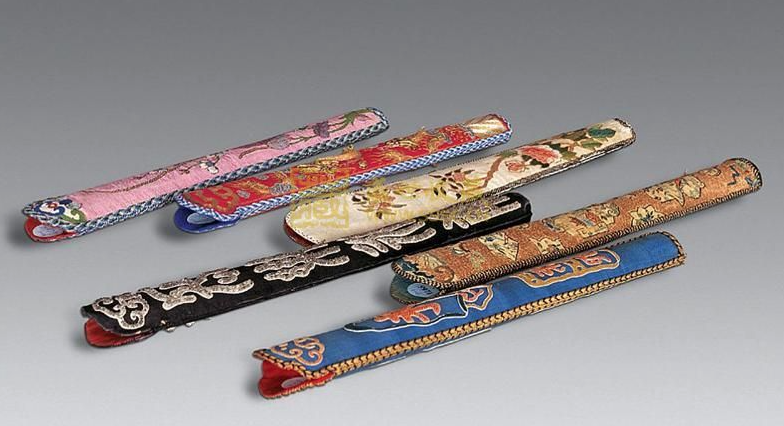
At present, there are only about 20 pieces of Tang Dynasty guqin in the world, each of which is extremely precious. The “Nine Heavens Ring Pei” is the best quality of the Tang Dynasty guqin, representing the level of the highly developed piano industry in the Tang Dynasty. Unlike many antique pianos that only have cultural relic value and have poor timbre, “Jiuxiaohuanpei” not only has a long history of more than a thousand years, but its timbre quality has also been praised by many famous artists, and is called “Dingding Tangwu” , “Xianpin”.
The history of Guqin
Guqin, also known as Yaoqin, Yuqin, and Qixian, is a traditional Chinese plucked string instrument with a history of more than three thousand years. Guqin has a wide range, deep tone, and a long reverberation. The “Qin” headed by the “Qin, Chess, Calligraphy and Calligraphy” of the ancient four arts of our country refers to the guqin. Playing the guqin is not only a skill that ancient literati must master, but also a means of self-cultivation and embodying a person’s aspirations and mood. most expensive violin bow
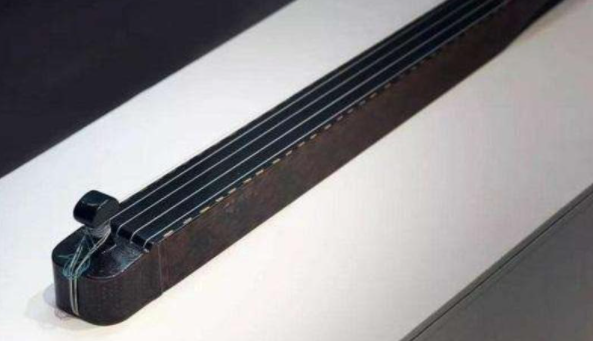
There are many different opinions about the origin of the guqin in history, but it is basically certain that the origin of the guqin can be traced back to prehistoric times before the exact written records appeared in our country. According to the descriptions of classic works such as “Qin Dang Preface”, “Book of Rites·Yue Ji”, and “Xin Lun”, we can understand that the Guqin may have been produced in the Fuxi period, and it was originally in the form of Yixian; by the time of Yu Shun, it was improved. It became the form of five strings; in the last years of the Shang Dynasty, King Wen and King Wu changed the form of five strings to that of seven strings. However, different forms of Guqin still existed at the same time until the Qin and Han Dynasties.
Zhou Dynasty and Zhougong system of rituals and music
After Zhou Gong “made rituals and music” in the Zhou Dynasty, the guqin formally entered the system of Chinese orthodox culture. At this time, the status of the guqin was gradually improved, and it was given the meaning of etiquette and enlightenment.
The well-known story of “mountains and flowing water meet friends” also comes from this period. After learning that Zhong Ziqi, the only one who could understand the meaning of his piano, passed away, he personally destroyed his piano. It can be seen that since this period, the existence of the guqin is no longer just a pure musical instrument, it has begun to have some social and social functions.
During the Han Dynasty, Guqin skills
During the Han Dynasty, the shape of the guqin was basically finalized during this period, from indefinite strings to seven strings, and at the same time a relatively complete resonance box and qin emblem (a sign of the pitch of the strings) appeared. During this period, literati participated in the performance and research of the guqin one after another, leaving behind a large number of qin music and treatises. Heng Tan’s “Qin Dao”, Ma Rong’s “Qin Fu”, Cai Yong’s “Playing the Qin Fu”, “Qin Cao” and so on are the earliest works on the guqin. The famous piano music includes Cai Yan’s “Eighteen Beats of Hu Ji” and so on
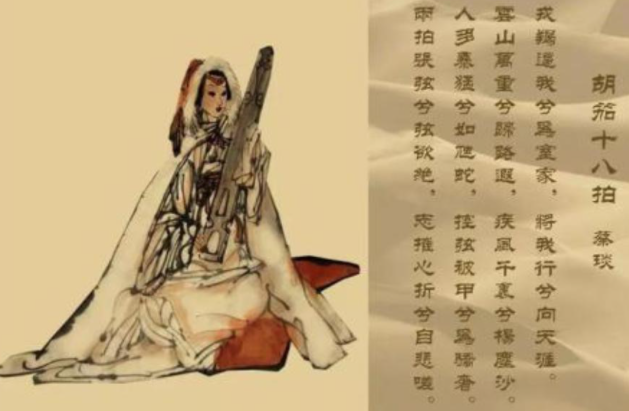
Guqin Art in the Wei and Jin Period
During the Wei and Jin Dynasties, the literati group represented by the “Seven Scholars of Jian’an” and the “Seven Sages of Bamboo Forest” brought the art of guqin to a new level. These people were not only good at performing, but also made many high-value piano music creations. Ji Kang’s “Guangling San” and Ruan Ji’s “Wine Mania” are both famous songs of the generation. It is worth mentioning that Zhuge Liang and his disciple Jiang Wei, whom we are familiar with in The Romance of the Three Kingdoms, are both representatives of the Shushan Qin School. Both of them have high guqin music attainments, even though they have both spent time in the military. Half a lifetime, not a pure literati. This shows how the guqin art at that time was favored by the upper class.
During the Ming Dynasty, the Guqin School
During the Ming Dynasty, the number of guqin genres experienced a blowout growth, and many genres began to publish a large number of piano scores. The “Mysterious Secret Book” compiled by the son of Emperor Ming Taizu, Zhu Quan, preserves many ancient songs such as “Flowing Water” and “Guangling San”, which has extremely high artistic and historical value.
At the same time, the piano making industry in the Ming Dynasty also developed rapidly. Whether it was the emperor or the princes or ordinary officials, there were many families who were keen on the art of guqin and joined the industry. There were four famous masters in the clan that made pianos: King Ning, King Heng, King Yi and King Lu. most expensive woodwind instrument
Early Qing Dynasty, Guqin Art
In the early Qing Dynasty, the guqin art still maintained a good momentum of development similar to the Ming Dynasty. Many guqin genres were continued and added, and many piano scores were printed. However, in the later period, most expensive violin in the world 2020 it began to decline. We are familiar with Emperor Qianlong as a representative figure who was keen on guqin art during this period. Since modern times until the founding of the People’s Republic of China, the Guqin art has experienced many relatively large disturbances.
Modern Chinese Guqin Art
During the period of several ups and downs, it was finally successfully selected into the UNESCO Representative List of Intangible Cultural Heritage of Humanity on November 7, 2003.
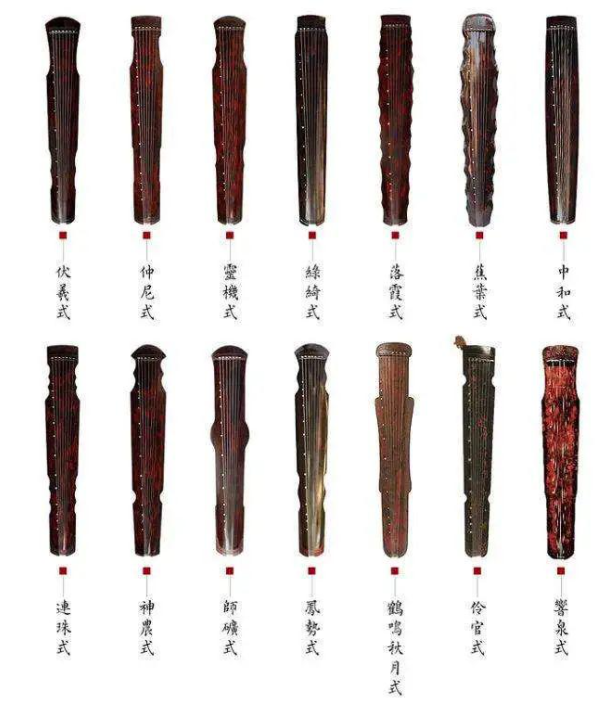
what is the most expensive instrument in band
Most expensive violin in the world
Antonio Stradivari is widely considered the greatest violin maker of all time, and his instruments sell for as much as $16 million.
Why is the Stradivarius violin so expensive?
Supply and Demand: One reason the value of a Stradivarius violin is so dear is because there are so few of them left, and they are no longer being made. … The Quality: Musicians have long believed that the Stradivarius violin is superior to other violins in quality and sound.
Most Expensive Musical Instruments list
Accordion.
Double Bass.
Upright Piano.
Tuba.
Pipe Organ.
Violoncello, Gennaro Gagliano.
Viola, Gasparo Bertolotti da Salo.
OM-45 Martin Guitar.


